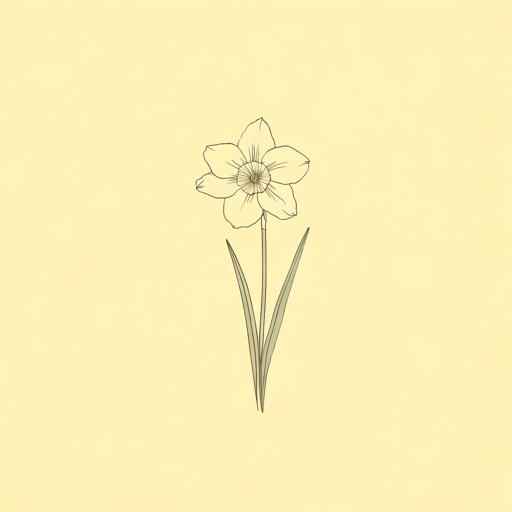19 pages • 38 minutes read
William WordsworthDaffodils
Nonfiction | Poem | Middle Grade | Published in 1973A modern alternative to SparkNotes and CliffsNotes, SuperSummary offers high-quality Study Guides with detailed chapter summaries and analysis of major themes, characters, and more.
Summary and Study Guide
Overview
“Daffodils,” also known by its first line, “I Wandered Lonely as a Cloud,” is a lyric poem written by William Wordsworth, an English poet. The poem was composed in 1804, then published in 1807’s Poems, in Two Volumes. Wordsworth wrote this poem mid-career, after his famous collaboration with fellow poet Samuel Taylor Coleridge, The Lyrical Ballads (1798). “Daffodils,” with its focus on nature and awe, is typical of poems from the Romantic Era (1798-1837).
The poem was famously inspired during a walk Wordsworth took with his sister, Dorothy, around Lake Grasmere, located in the Lake District of England in April of 1802. Two years later, Wordsworth penned his lines about the vast field of daffodils the two had come across. Changes in wording and the addition of the second stanza occurred in 1815. The final incarnation is the one familiar to readers today. While the poem is sometimes considered too sentimental by critics, it is still recognized and referred to today. This is likely due to its popularity for educational recitation, its use in contemporary culture, and its themes about the power of nature’s beauty, overcoming loneliness, and the importance of memory.
Poet Biography
William Wordsworth was born on April 7, 1770, the second of John and Ann Cookson Wordsworth’s five children. William was extremely close to his brothers, as well as his sister, Dorothy, who would later become an important diarist. The Wordsworth family lived in Cockermouth, England, in the region known as the Lake District.
Wordsworth began composing poetry in grammar school at Penrith. There, he also met the children of the Hutchinson family, including Mary, who would later become his wife. When Ann Cookson Wordsworth died in 1778, John Wordsworth was forced to separate the family. The male children went to boarding school, while Dorothy was sent to live with relatives. The siblings had no contact for nine years. In 1787, Wordsworth published his first sonnet while attending St. John’s College at Cambridge. That same year, John Wordsworth died, and William and his brothers were reunited with Dorothy. Dorothy would live with William for the remainder of his life.
In the summer of 1790, Wordsworth went on a walking tour with his friend Robert Jones to Italy, Switzerland, and France, where they became enamored with the ideas of the French Revolution. Returning to England, Wordsworth received his Bachelor of Arts from Cambridge. In 1792, he returned to France and had an intimate relationship with Annette Vallon. Their daughter, Caroline, was born in 1793, but due to France’s political crisis, Wordsworth had to return to England. Throughout the French Revolution, he financially supported Annette and Caroline.
In 1793, Wordsworth published his first two poetry collections: An Evening Walk, earlier written at Cambridge, and Descriptive Sketches, which was written in France. Wordsworth received a small inheritance in 1795, which allowed him the means to sustain a career in poetry. Shortly thereafter, he met the poet Samuel Taylor Coleridge, with whom he began a close friendship. Wordsworth and Dorothy settled in Somerset near Coleridge’s home, and the two men began work on Lyrical Ballads (1798). That same year, Wordsworth, Dorothy, Coleridge, and Coleridge’s companion, John Chester, traveled to Germany. There, Wordsworth composed several lyrics and began the long poem that would eventually become his masterpiece: The Prelude, which would not be published until after Wordsworth’s death in 1850.
By 1799, the Wordsworths returned to England and took up residence at Dove Cottage, Grasmere. In 1800, a second addition of Lyrical Ballads was released, with Wordsworth’s expanded preface, which detailed the ideas of Romanticism. The preface would become the movement’s central theoretical work. By 1801, Wordsworth was financially stable enough to make monetary arrangements for Annette and Caroline, still residing in France, so that he might propose to Mary Hutchinson. Wordsworth and Mary married in October of 1802, and over the next decade, produced five children.
From 1800 to 1815, Wordsworth’s life had its ups and downs. His prolific writing continued. In 1804, he composed his famous poem based on seeing the daffodils along the shore of Glencoyne Bay and several other short lyrics. He revised The Prelude, and, in 1807, he published Poems, In Two Volumes, which includes “I Wandered Lonely as a Cloud.” However, the collection received poor reviews, and his reputation suffered. Struggles continued when one of his brothers died in 1805, and there was a rift in his friendship with Coleridge over the latter’s addiction to opium. Two of his children—Thomas and Catherine—also died in 1812.
In 1808, the family, including Dorothy, left Dove Cottage and moved to Rydal Mount, Ambleside. In 1813, desiring more stability, Wordsworth accepted an appointment to be the distributor of stamps for Westmoreland. A year later, Wordsworth published The Excursion, which became extremely popular in his lifetime and created a demand for reissues of his earlier work. By 1820, his reputation was notable. A few years later, he reconciled with Coleridge, and they toured western Germany together in 1828.
In 1843, Wordsworth became poet laureate of England. By then, most of Wordsworth’s friends and collaborators had passed away. Four years later, the unexpected death of his daughter Dora made him give up writing entirely. On April 23, 1850, at the age of 80, Wordsworth died. That same year, his widow published The Prelude, which achieved great critical acclaim.
Poem text
I wandered lonely as a cloud
That floats on high o’er vales and hills,
When all at once I saw a crowd,
A host, of golden daffodils;
Beside the lake, beneath the trees,
Fluttering and dancing in the breeze.
Continuous as the stars that shine
And twinkle on the milky way,
They stretched in never-ending line
Along the margin of a bay:
Ten thousand saw I at a glance,
Tossing their heads in sprightly dance.
The waves beside them danced; but they
Out-did the sparkling waves in glee:
A poet could not but be gay,
In such a jocund company:
I gazed—and gazed—but little thought
What wealth the show to me had brought:
For oft, when on my couch I lie
In vacant or in pensive mood,
They flash upon that inward eye
Which is the bliss of solitude;
And then my heart with pleasure fills,
And dances with the daffodils
Wordsworth, William. “I Wandered Lonely as a Cloud.” 1815. Poetry Foundation.
Note: This study guide refers to the 1815 version of the poem produced above, which is the most well-known version. Reference is also made to Wordsworth’s original draft (1807).
Summary
The speaker, a poet, recalls traveling about, and compares themselves to a “cloud” (Line 1), noting their solitude and singularity. The poem continues in the past tense, with the speaker having looked down on the world around them in their isolation. To their surprise, they stumbled upon a field of flowers—“golden daffodils” (Line 4)—next to a lake. These daffodils were plentiful, and the poet compares them to the brightness of the galaxy and the water’s waves. The poet was struck by how the flowers seemed to joyfully sway, and imagined them as dancers. The poet was filled with happiness, as they considered themselves a partner to these flowers. The final stanza brings the poem to the present, where the poet admits that though the visit was lovely in the moment, the sight is even more important now, revisited when the poet is bored or thoughtful. The daffodils reappear in their imagination, allowing the poet to recall happiness as they feel again their connection to the flowers.
Related Titles
By William Wordsworth

A Complaint
William Wordsworth

A Slumber Did My Spirit Seal
William Wordsworth

Composed upon Westminster Bridge, September 3, 1802
William Wordsworth
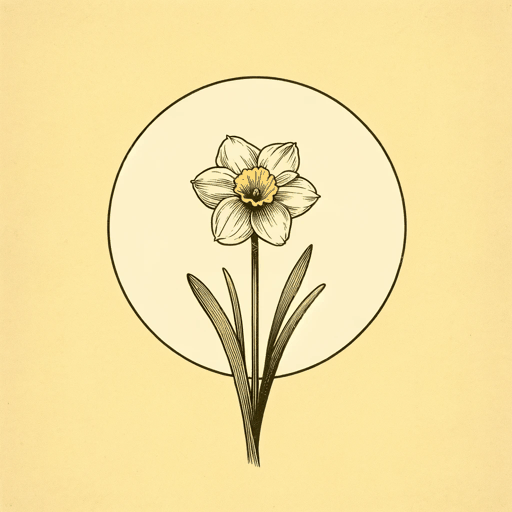
I Wandered Lonely as a Cloud
William Wordsworth
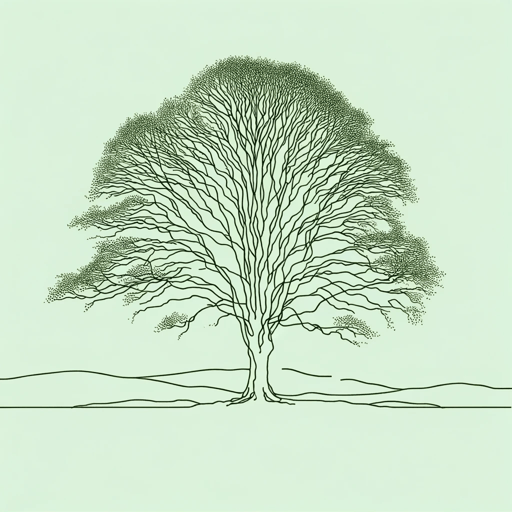
Lines Composed a Few Miles above Tintern Abbey ...
William Wordsworth

London, 1802
William Wordsworth

Lyrical Ballads
William Wordsworth

My Heart Leaps Up
William Wordsworth

Ode: Intimations of Immortality from Recollections of Early Childhood
William Wordsworth

Preface to Lyrical Ballads
William Wordsworth

She Dwelt Among The Untrodden Ways
William Wordsworth
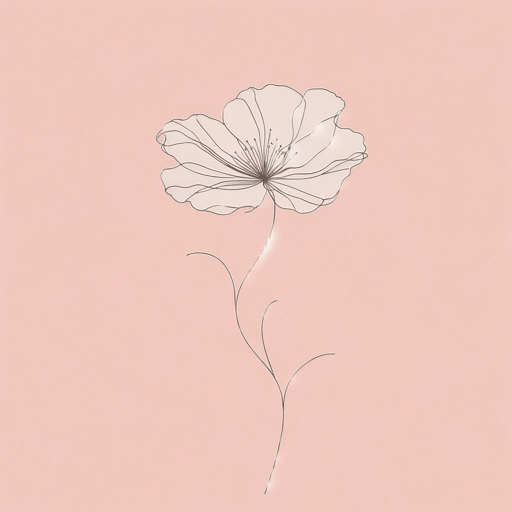
She Was a Phantom of Delight
William Wordsworth

The Prelude
William Wordsworth
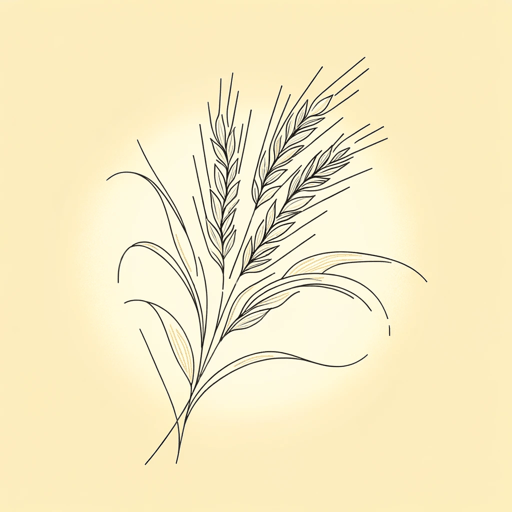
The Solitary Reaper
William Wordsworth

The World Is Too Much with Us
William Wordsworth

To the Skylark
William Wordsworth

We Are Seven
William Wordsworth
